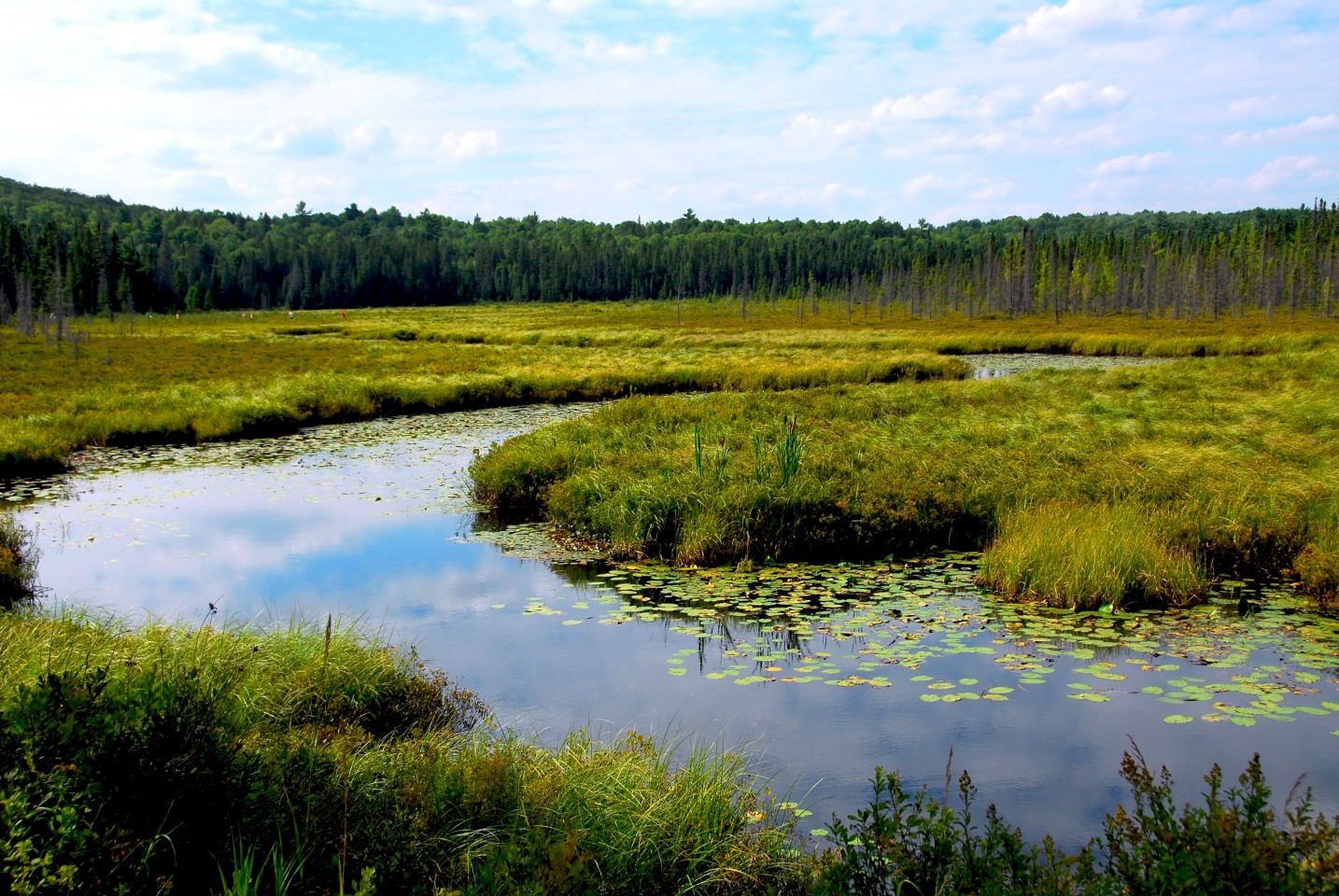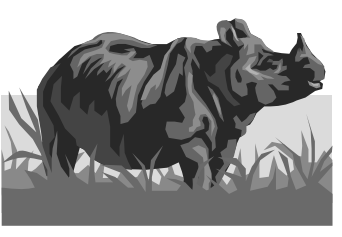Controlling the impact of man on ecosystems is probably the biggest challenge facing human beings in the coming millennium. Solutions will have to be found at all levels, locally and globally.
Protection of remaining natural ecosystems in national parks and other protected areas is crucial. However, this will not prevent areas from being affected by factors such as climate change and air- or water-borne pollutants. Moreover, as natural areas shrink in size, they are likely to require more and more active management to maintain their ecological functions, e.g. by means of controlling exotic species, manipulation of water levels in wetlands and periodic controlled burning of some forest habitats. The increased intervention of this kind will always be risky, as we still do not fully understand the workings of most ecosystems.
Controlling pollution and emission of greenhouse gasses will require action at a global level, as will efforts to prevent further deterioration of marine fisheries through over-fishing. Ultimately, the solution lies in the control of human population growth and in a far more restrained approach to our use of natural resources and expenditure of energy.
Functions and Values of Wetlands
Wetland functions are physical, chemical and biological processes or attributes that are vital to the integrity of the wetland system. Wetlands are normally transition zones (eco-tones) between uplands and deepwater aquatic systems. The many processes that take place in them have a global impact: - they can affect the export of organic materials or serve as a basin for inorganic nutrients. This intermediary position is also responsible for the biodiversity often encountered in these regions as wetlands “borrow” species from nearby aquatic and terrestrial systems. Wetlands play a major role in the biosphere by providing habitats for a great abundance and richness of flora and fauna species; they are also the last havens for many rare and endangered species.

Some wetlands are considered among the Earth's most productive ecosystems. The wetland's function as a site of biodiversity is also valuable to humans. Wetlands also have the capacity to absorb great quantities of water - benefits developed areas. A wetland system can protect shorelines, cleanse polluted waters, prevent floods and recharge groundwater activities, earning wetlands the name of “kidneys of the landscape.”
Click here to view a video that explains wetlands nature super systems.
As a natural resource, soil, in turn, is also a combination of living and nonliving components: it consists of atmospheric gasses, water, living and dead organic materials and delicately separated mineral substances. Moreover, the soil is a product of the interaction between the living and the nonliving environment. The living components of soil are the renewable resources within the limitations that already have been noted and the mineral components are the non-renewable resources. As long as the living components of soil remain healthy and continue to function, the mineral components are recycled from the soil by means of organic life within (e.g., bacteria and other microorganisms) and back to the soil following the decay and breakdown of dead organic materials. As most forms of terrestrial life depend on these for their continued existence, the soil must be maintained. Mining soil is normally low in infertility. It is therefore unlikely that life can continue to exist in an area flooded with this soil.
After reading through the above section on ecosystems and the interaction of food chains we will realise that there is still a lot of learning about natural resource management that will have to be studied and put in place if we want to try and maintain a balance in the future.
In the past, there was a balance in the ecosystem and it could respond to the effects of grazing by the natural fauna of the area.

For example browsers, such as kudu, giraffe and black rhino are located in bushy areas as they feed on shrubs and bushes. The impact by these animals was huge and the mere presence ensured that the scrubland was restricted to limited areas of the greater ecosystem. A balance was obtained as the number of browsers present was determined by the carrying capacity of the land. This balance did change in times of drought and fire-affected areas.
The larger animals, elephants and rhinos, would have trampled the grazing and delicate ground covering but its occurring numbers would not have had a long term impact on the grazing or plants found in the area.
Game such as Impala and Springbuck, together with larger animals such as eland, buffalo and zebra will be found on plains (areas with natural grass) as they are grazing animals The larger animals are bulk grazers, thus eating the long grass while the smaller animals, consuming less vegetation, will eat the shortened grass and even different grass species and ground coverings. The occurrence of food was more of a controlling factor on the size of populations than the occurrence of natural enemies.
Many grass species have evolved the ability to tolerate high levels of grazing, which is evident to anyone who regularly mows a lawn. Simultaneously, they have evolved other defences, such as high silica content, which reduces their palatability to some grazers. A number of herbivorous mammals have responded to these defences by evolving the ability to specialise in grasses with high silica content and low nutritional value.
Large grazing mammals such as elephants have high-crowned teeth that are constantly replaced by growth as the crowns are worn down by the silica in their food. Many of these species also have complicated digestive systems with a gut full of microflora and microfauna capable of extracting many of the nutrients from the plants.
Plants have evolved more than 10,000 chemical compounds that are not involved in primary metabolism and most of these compounds are thought to have developed as defences against herbivores and pathogens.
Some of these chemical compounds are defences against grazers, whereas others are defences against parasites. Most of the chemical compounds that make herbs so flavourful and useful in cooking probably evolved as defences against enemies.
These compounds, called allelochemicals, are found in almost all plant species and their great diversity suggests that chemical defence have always been an important part of plant evolution.
Before the intervention of mankind, taking control of the earth, the ecosystem was balanced and sustainable. The ecosystem that we have today is a result of the impact that we as humans have on the environment. Humans have changed and impacted the local environment. A lot of the changes occurred because we wanted to control and manipulate the environment while other changes occurred because of ignorance.